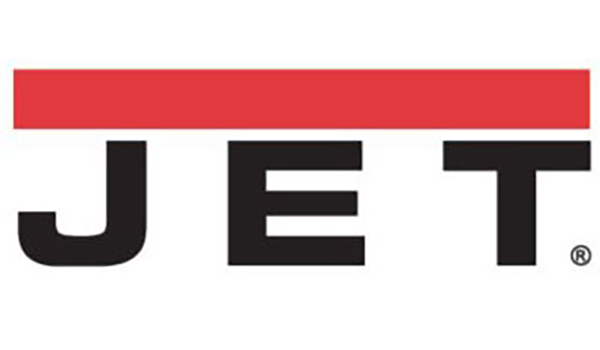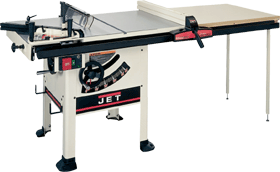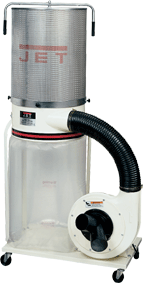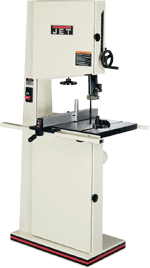
It’s been a little over two years since we last talked to JET. At the time, the company was in the midst of expansion, acquisition, and reorganization & having just acquired Wilton and preparing to introduce the JET brand into the European market. To get an update, we caught up with vice president and general manager of JET’s retail division, Lou Signorelli.
“The consolidation of all the companies is complete,” Lou explained. “We’ve consolidated our warehousing structure, our offices, and manufacturing. Everything is now run out of our Elgin, Illinois, facility. Our major receiving and shipping facility is in LaVergne, Tennessee, and we have a distribution center in Auburn, Washington, for our West Coast customers.”
As part of this process, the company focused its brands into two channels: industrial and retail. For the latter group, and the focus of this article, the three major brands are JET power tools, Wilton’s hand tool line, and the high-end Powermatic line. Changes in both the industry and market helped guide the retail alignment.

“There used to be a clear definition of consumer channels and industrial channels and never the twain shall meet.” Lou explained, “but that’s all changing and everyone is playing in everyone else’s backyard. We decided we had to make everything simple and easy for the customer to do business with us.
“The other trend that we saw emerging, contrary to public opinion, was that our ultimate consumer had more leisure time. We’re a white-collar society, and people want to use their hands to make and create things. That’s why woodworking continues to increase at the consumer level. The people who spend anywhere from $500 to $2,000 on equipment for their basement or garage have some serious ideas of what they want to accomplish. Some call it a craft, but I think it’s more of an art. And we think this positive trend will continue.”
JET’s retail outlets provide some information on customers’ motivations and needs, but the company gets most of its insight directly from the consumer.

“If we only relied on our outlets, we’d probably miss out on coming trends,” Lou noted. “We keep in touch with what consumers think and want through telephone interviews and focus groups. We try to cover people who are just entering our market and buying their first piece of JET equipment. And we try to look at people who have entire shops and are now looking at air filtration. Each has different needs. And we try to listen to our professional end-users. It’s amazing what a pro shop can tell you about what’s needed on a piece of equipment, what it should look like, and what features he sees as potential advantages.”
Speaking of air filtration, according to Lou, that’s the biggest trend today. It’s a driving force in the market, as more and more people want a clean and healthy shop environment. Lou also sees the kernel of an emerging trend in noise control & though he doesn’t yet consider it an overriding issue. Interestingly, the ever-increasing price of steel is emerging as one of the biggest trends affecting the industry.
“There’s a shortage of raw material worldwide. Thirty-six months ago, steel was $200 a ton, and now it’s $426 a ton. That’s a huge increase, and since all our pieces are made of steel or iron we’re going to have to face price pressure on our products. If you’re used to spending $849 on a piece of equipment and now it’s going to be $949, it’s probably not going to be a problem. But if you’re upgrading from a $100 table saw, you’re in for a shock.”
When we spoke with Lou, he’d just returned from the big hardware fair in Cologne, Germany, which he described as a booming success for JET products.

“We’ve only been over there [in Europe] for two years, but people are becoming accustomed to JET, and the product is becoming well accepted.” Lou noted, “We took our core products and re-engineered them to conform with the European approach to woodworking. We took our time & launched a few products, and once they were well received, we launched a whole bunch more! So we are very pleased with the results and expect it to grow.”
And, since the reorganization, sales and growth in the North American market have never been stronger. Lou attributes this to the company’s long history of focusing on the upscale hobbyist and professional woodworker market.
“We haven’t tried to meet every price point nor have we tried to turn the world on its ear,” Lou explained, “but I think most of our sales come from referrals. People come to us after seeing their neighbor using a JET tool. Our customers know if they have a problem, they can get the service they need right away.”






